Pricing Guides & Dictionary of Makers Marks for Antiques & Collectibles

Appraise and find values for
Japanese Wakizashi Shoa Period...
From
marks4antiques.com
- The most updated price guide and makers' marks research online
As a member, you have access to a team of experts
and assistance is always available to you for free
An example from the millions of items in our Price Guide:

Japanese Wakizashi Shoa Period Blade With Edo Period Mounts ''Wak'' has a Shoa blade in good polish that measures 25'' with tang signed on both sides....
This is an example from our
values4antiques price guide
We do not buy or sell any items
See more price guides
Check our other research services:
IDENTIFY WORLDWIDE MAKERS' MARKS & HALLMARKS
marks4ceramics:
Porcelain, Pottery, Chinaware, Figurines, Dolls, Vases...
marks4silver
:
Silver, Jewelry, Pewter, Silverplate, Copper & Bronze...
Explore other items from our
Antiques & Collectibles Price Guide
-
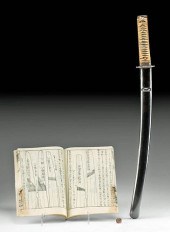 SIGNED JAPANESE MUROMACHI STEEL KO-WAKIZ
[more like this]
SIGNED JAPANESE MUROMACHI STEEL KO-WAKIZ
[more like this]
-
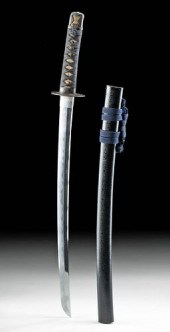 SIGNED 1650S JAPANESE EDO WAKIZASHI BY B
[more like this]
SIGNED 1650S JAPANESE EDO WAKIZASHI BY B
[more like this]
-
 JAPANESE MUROMACHI STEEL & LACQUERED WOO
[more like this]
JAPANESE MUROMACHI STEEL & LACQUERED WOO
[more like this]
-
 Japanese Wakizashi Shoa Period Blade Wit
[more like this]
Japanese Wakizashi Shoa Period Blade Wit
[more like this]
-
 Japanese Tanto Knife Shoa Period (1865 T
[more like this]
Japanese Tanto Knife Shoa Period (1865 T
[more like this]
-
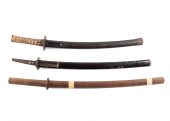 THREE JAPANESE WAKIZASHIS IN SAYAS OR SC
[more like this]
THREE JAPANESE WAKIZASHIS IN SAYAS OR SC
[more like this]
-
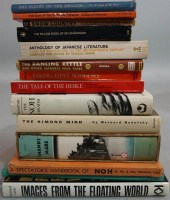 FOUR BOXES OF BOOKS ON JAPANESE AND THEA
[more like this]
FOUR BOXES OF BOOKS ON JAPANESE AND THEA
[more like this]
-
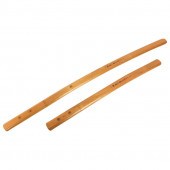 SHIRASAYA SAMURAI KATANA AND WAKIZASHI S
[more like this]
SHIRASAYA SAMURAI KATANA AND WAKIZASHI S
[more like this]
-
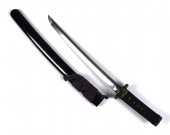 FULLY MOUNTED ANTIQUE JAPANESE WAKIZASHI
[more like this]
FULLY MOUNTED ANTIQUE JAPANESE WAKIZASHI
[more like this]
-
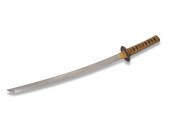 A JAPANESE TADAHIRO WAKIZASHI SWORDA Jap
[more like this]
A JAPANESE TADAHIRO WAKIZASHI SWORDA Jap
[more like this]
-
![[JAPANESE ART—REFERENCE]
A co](/images/japanese-art-reference-a-collection-of--34d514-medium.jpg) [JAPANESE ART—REFERENCE]
A collection o
[more like this]
[JAPANESE ART—REFERENCE]
A collection o
[more like this]
-
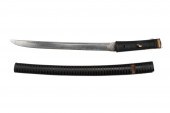 EDO PERIOD WAKIZASHI, KANEHISA 1615-1876
[more like this]
EDO PERIOD WAKIZASHI, KANEHISA 1615-1876
[more like this]
-
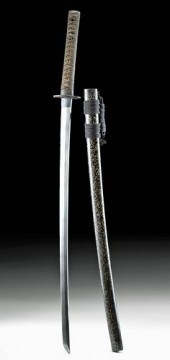 17TH C. JAPANESE EDO STEEL KATANA W/ GIL
[more like this]
17TH C. JAPANESE EDO STEEL KATANA W/ GIL
[more like this]
-
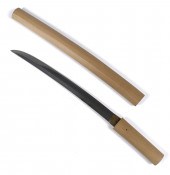 ANTIQUE PAPERED KANESADA JAPANESE WAKIZA
[more like this]
ANTIQUE PAPERED KANESADA JAPANESE WAKIZA
[more like this]
-
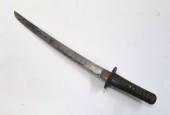 JAPANESE SAMURAI SWORD (WAKIZASHI) HAVIN
[more like this]
JAPANESE SAMURAI SWORD (WAKIZASHI) HAVIN
[more like this]
-
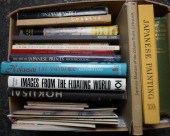 THREE BOXES OF JAPANESE PRINT AND PAINTI
[more like this]
THREE BOXES OF JAPANESE PRINT AND PAINTI
[more like this]
-
 MID EDO PERIOD WAKIZASHI Wakizashi, mid
[more like this]
MID EDO PERIOD WAKIZASHI Wakizashi, mid
[more like this]
-
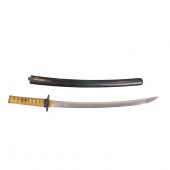 JAPANESE YAMATO SCHOOL WAKIZASHI Japanes
[more like this]
JAPANESE YAMATO SCHOOL WAKIZASHI Japanes
[more like this]
-
 VINTAGE JAPANESE WAKIZASHI SWORD & BLADE
[more like this]
VINTAGE JAPANESE WAKIZASHI SWORD & BLADE
[more like this]
-
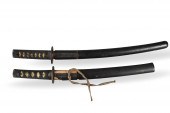 TWO JAPANESE WAKIZASHI WITH A SIGNED BLA
[more like this]
TWO JAPANESE WAKIZASHI WITH A SIGNED BLA
[more like this]
-
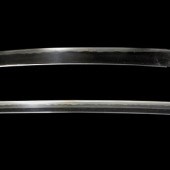 A Mounted Daisho, Set of Long and Short
[more like this]
A Mounted Daisho, Set of Long and Short
[more like this]
-
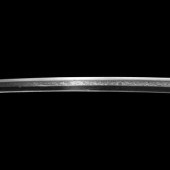 A Japanese Shinto Wakizashi
the wakizash
[more like this]
A Japanese Shinto Wakizashi
the wakizash
[more like this]
-
 JAPANESE WAKIZASHI 20TH CENTURY BLADE LE
[more like this]
JAPANESE WAKIZASHI 20TH CENTURY BLADE LE
[more like this]
-
 JAPANESE WAKIZASHI AND SCABBARD BLADE LE
[more like this]
JAPANESE WAKIZASHI AND SCABBARD BLADE LE
[more like this]
-
 JAPANESE WAKIZASHI AND SCABBARD BLADE LE
[more like this]
JAPANESE WAKIZASHI AND SCABBARD BLADE LE
[more like this]
-
 JAPANESE WAKIZASHI AND LACQUER SCABBARD
[more like this]
JAPANESE WAKIZASHI AND LACQUER SCABBARD
[more like this]
-
 JAPANESE SAMURAI WAKIZASHI SHORT SWORDAn
[more like this]
JAPANESE SAMURAI WAKIZASHI SHORT SWORDAn
[more like this]
-
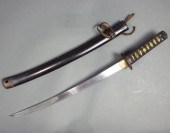 JAPANESE SOSHU SCHOOL SHINTO WAKIZASHI S
[more like this]
JAPANESE SOSHU SCHOOL SHINTO WAKIZASHI S
[more like this]
-
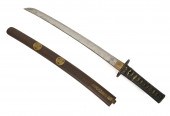 ANTIQUE JAPANESE SIGNED WAKIZASHI SWORD.
[more like this]
ANTIQUE JAPANESE SIGNED WAKIZASHI SWORD.
[more like this]
-
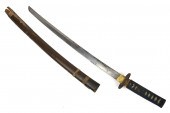 ANTIQUE JAPANESE WAKIZASHI SWORD. An ant
[more like this]
ANTIQUE JAPANESE WAKIZASHI SWORD. An ant
[more like this]
-
 MILITARIA. JAPANESE SIGNED WAKIZASHI SWO
[more like this]
MILITARIA. JAPANESE SIGNED WAKIZASHI SWO
[more like this]
-
 MILITARIA. JAPANESE SIGNED WAKIZASHI SWO
[more like this]
MILITARIA. JAPANESE SIGNED WAKIZASHI SWO
[more like this]
-
 MILITARIA. (2) JAPANESE WAKIZASHI SWORDS
[more like this]
MILITARIA. (2) JAPANESE WAKIZASHI SWORDS
[more like this]
-
 Twenty-Three Books on Japanese Fine and
[more like this]
Twenty-Three Books on Japanese Fine and
[more like this]
-
 Japanese WWII Katana Meiji Period This K
[more like this]
Japanese WWII Katana Meiji Period This K
[more like this]
-
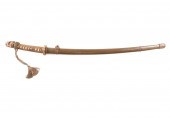 JAPANESE ARMY OFFICER'S SIGNED KATANA &
[more like this]
JAPANESE ARMY OFFICER'S SIGNED KATANA &
[more like this]
This list is limited to only a few results.
Many more items are available to our members in our
Price Guide!




